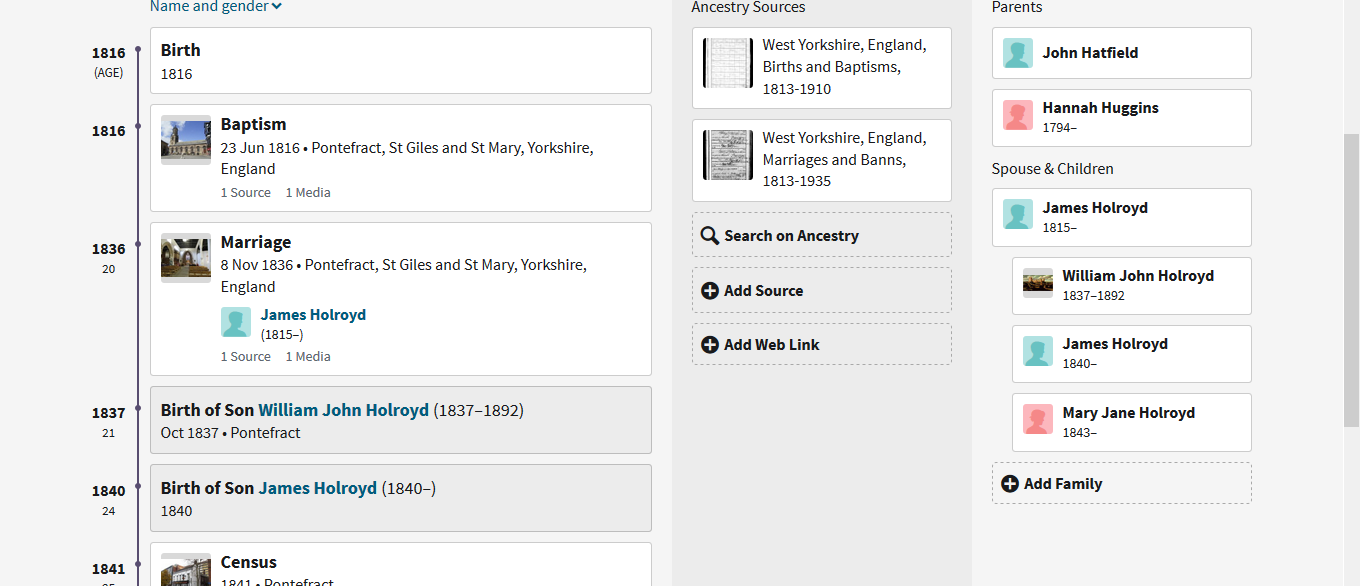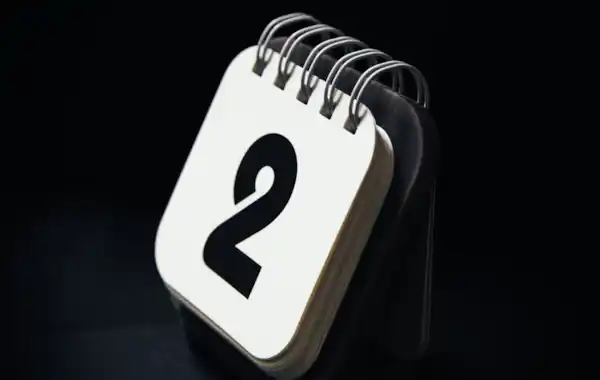24 February 2020
|
The Census isn’t the only way to follow the ancestor through the path of their life. Our latest how-to guide shows you how to create a family history timeline and spot any inconsistencies in the information you’ve already gathered about your ancestor.
Are you struggling to piece together a particular ancestor’s life? Create a timeline to help you place your ancestor’s life in context and help you spot any inconsistencies or gaps in the information you’ve gathered.
By plotting your ancestor’s dates and movements onto a timeline alongside wider local or national events such as a year of poor harvests or times of war or economic depression, you’ll be able to spot any gaps or inconsistencies and perhaps even look out for records that a particular event might have produced, such as service records relating to a war or documents related to emigration or a particular trade/occupation.
How do I create the timeline?
1. Gather together the dates you’ve already discovered for an ancestor, even if that’s just their date of birth and perhaps of marriage or the birth of a child, etc. Then write these down either on paper or electronically. You can also enter these dates into a program such as Ancestry or FindMyPast (as shown on the illustration here) where the timeline will automatically be created as you build your tree. Most family history software programs do this too.

2. Take a look along the timeline and decide what key dates are missing. Have you searched for year of death? Pinpointing this will help you avoid fruitless searches in records relating to years after that ancestor’s death.
3. Write down your ancestor’s age at each of these key dates. This will help you spot any inconsistencies. For example, accidentally writing 1891 instead of 1841 for year of marriage when birth year was 1820 could mean an ancestor was 71 rather than 21 on their wedding day. Long gaps between the birth of children could indicate that perhaps one of the children died and so was missed from Census records, or even that the ancestor’s spouse died and the surviving partner later remarried and had other children.
How to bring your ancestor’s story to life
1. By adding in dates and facts from the wider world, you can add context to your ancestor’s story. For example, which king or queen was on the throne when your ancestor died and was born? Did this ancestor live through any wars or times of famine? If so, there may be relevant records to explore.
2. Include illustrations to create a rich record of your ancestor’s life and times. For example, you could have a photo of the church where your great-grandmother was baptised, an old postcard of the village where she grew up and finally, a photo of her gravestone.
3. Include information about any relevant weather patterns, as these too can have an effect on your ancestor’s story. The Met Office has records going back to 1860 here.
Find out more about how weather patterns affected people in the past, with Wayne Shepheard’s ‘Genealogy and the Little Ice Age’ lecture at Family Tree Live on 17 April 2020. Download the timetable here and book your place by clicking this link.
Photo by Charles Deluvio on Unsplash








